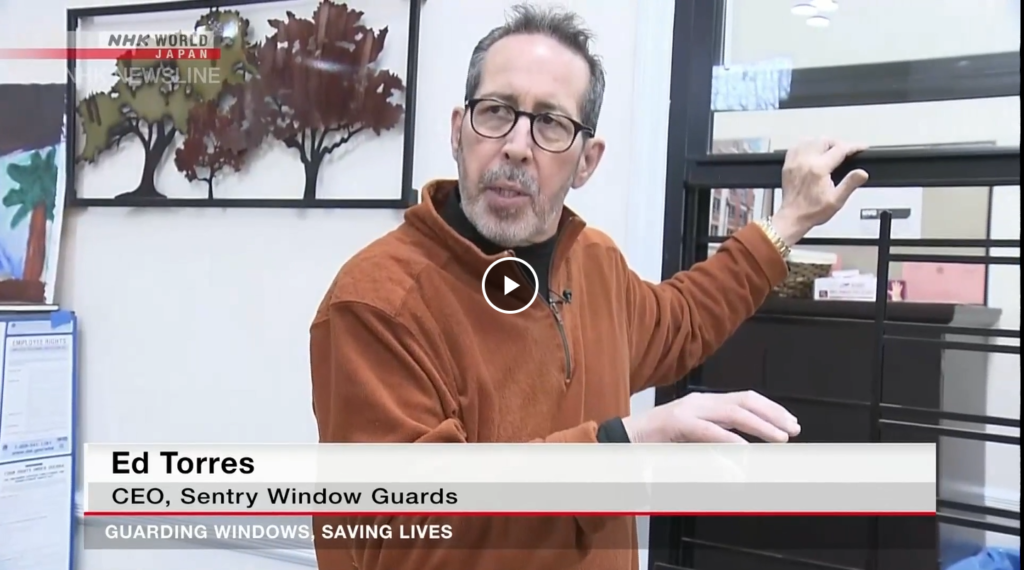In 2011 a study was done and it found that approximately 5200 children or 14 kids per day are injured in the U.S. due to falls from windows, and most could be prevented with window guards or safety measures.
From 1990 – 2008 an estimated 98,415 children were treated in hospital emergency rooms for injuries caused by falls from windows. Injuries ranged from cuts and bruises to fatal head injuries, and young children were most at risk for serious injuries.
Researchers say it was the first study to look at the risk factors and injuries associated with children’s falls from windows. The results suggest that many of these injuries could be prevented with window guards or simple steps, such as moving furniture away from windows, installing locks, and placing plant beds or bushes under windows.
Window Fall Risks
Researchers found the following factors were associated with window falls:
- Boys were more likely than girls to fall out of windows and accounted for 58% of window fall injuries.
- Falls from windows were more common in spring and summer months.
- One-fourth of the window fall-related injuries required hospitalization.
- Children under 5 years were more likely to suffer serious injuries from a window fall and three times more likely to suffer a head injury.
The study also showed that the type of landing surface plays a major role in the severity of head injuries caused by window falls. Children who landed on a hard surface, such as concrete, were twice as likely to suffer head injuries, be hospitalized, or die from their injuries compared with those who landed on cushioned surfaces.
How to Improve Window Safety
The best way to improve safety is to install window guards or locks that prevent the window from opening more than 4 inches. If you rent in New York City, the NYC Health Code requires owners of buildings of 3 or more apartments to provide and properly install approved window guards on all windows in an apartment where a child (or children) 10 years of age or younger reside and in each hallway window.
If you live outside of New York City, cannot afford window guards or reside in a building not covered by the law, consider planting bushes or creating flower beds underneath windows. These plantings will help cushion the landing surface and reduce the impact of falls from windows for children of all ages. Another step to increase window safety includes reducing access to windows by moving furniture away from windows.
In New York City, Who Can Request Window Guards?
Anyone in a building covered by the law can request window guards, even if there are no children living with you. For instance:
- you have friends or family with young children who visit
- you sometimes babysit for children in your apartment
- you have grandchildren visiting
- you have older relatives who might accidentally fall
- you are a grandparent
If tenants or occupants want window guards for any reason, even if there are no resident children in the covered age category, they should request them in writing and they may not be refused.
Help Getting Window Guards
In New York City, if your landlord refuses to install window guards or if they are not properly installed, call 311.
For more information, click on the link below.
http://www.nyc.gov/html/doh/html/environmental/window-falls.shtml
Sources:









